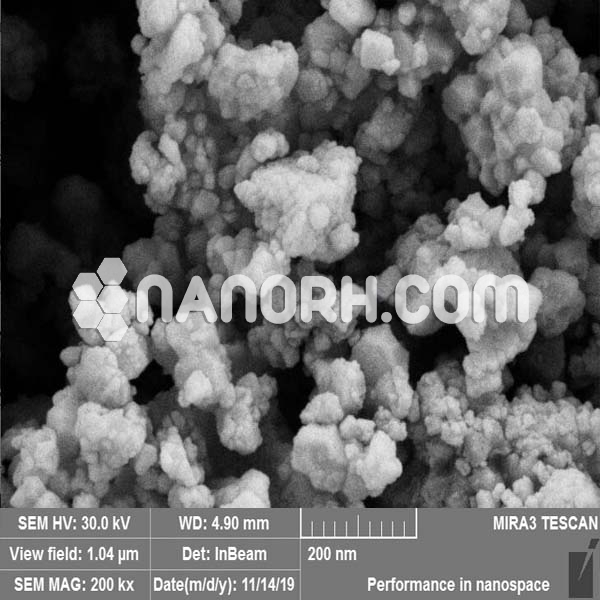| Iron Nitride Nanoparticles | |
| Product No | NRE-5118 |
| CAS | 37245-77-5 |
| Purity | 99.9% |
| Formula | FeN |
| APS | <100 nm (can be customized) |
| Color | Gray |
| Molecular Weight | NA |
| Density | NA |
| Melting Point | NA |
| Boiling Point | NA |
Iron Nitride Nanoparticles
Introduction
Iron nitride nanoparticles is an iron-based compound that forms when iron reacts with nitrogen under specific conditions. Are of significant interest due to their unique combination of metallic and ceramic-like properties, which differ significantly from those of bulk iron or nitrogen-rich iron compounds.
The synthesis of typically involves methods such as chemical vapor deposition (CVD), sol-gel techniques, ball milling, or gas-phase nitridation.
Applications
Batteries (Lithium-Ion and Sodium-Ion): Are being explored as potential electrode materials for lithium-ion (Li-ion) and sodium-ion (Na-ion) batteries. Their high surface area and electrochemical stability provide an efficient means of storing and releasing charge, improving the performance of energy storage devices.
Supercapacitors: FeN are being investigated for use in supercapacitors, where their fast charge/discharge capabilities and large surface area help store and deliver energy efficiently. This is especially valuable for applications requiring rapid bursts of energy.
Fuel Cells: Iron nitride nanoparticles show promise as electrocatalysts in proton exchange membrane (PEM) fuel cells. They can facilitate the electrochemical conversion of hydrogen into electricity, offering a lower-cost alternative to platinum-based catalysts, which are typically used in fuel cells.
Catalysis:
Nitrogen Fixation: Iron nitride nanoparticles have been shown to catalyze the fixation of nitrogen, a key process in the production of ammonia (NH₃), which is important for the fertilizer industry. The catalytic properties of iron nitride make it an attractive candidate for ammonia synthesis, which is a traditionally energy-intensive process.
CO₂ Reduction: Iron nitride nanoparticles are actively being studied for their role in the electrochemical reduction of carbon dioxide (CO₂) to useful chemicals or fuels, such as methane or carbon monoxide. This process contributes to carbon capture and utilization technologies and has the potential to reduce greenhouse gas emissions.




